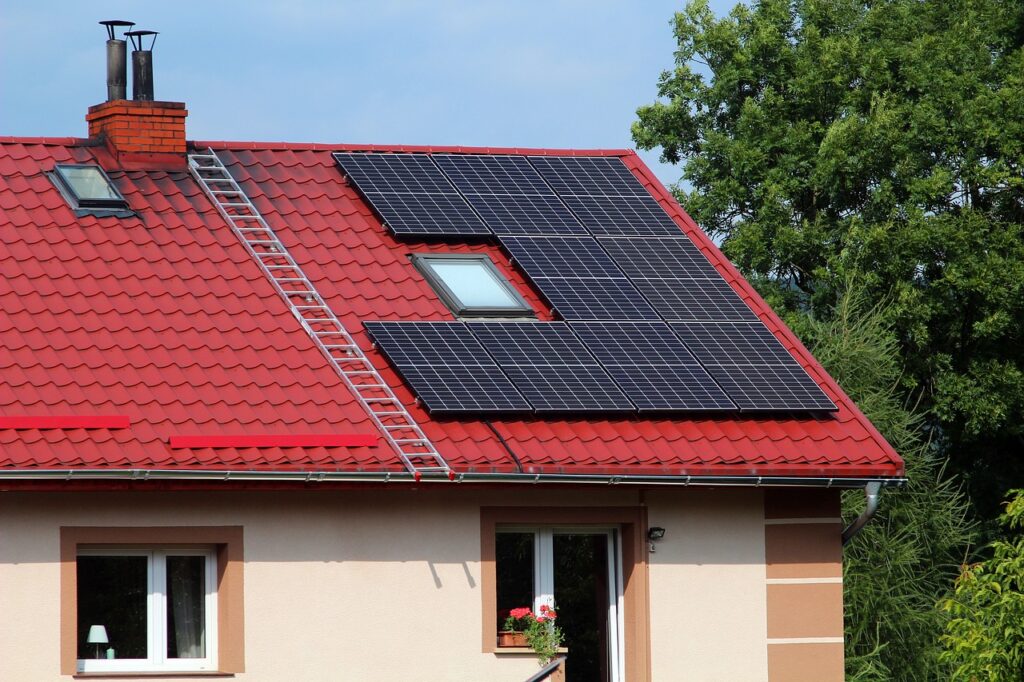Solar panel prices in the United States can vary based on a range of factors, and while they have generally been decreasing over the years, they may still be perceived as expensive by some.
Several reasons contribute to the cost of solar panels in the U.S.:
Installation Costs of Solar Panels
The cost of solar panels includes not only the panels themselves but also installation expenses. Labor costs, permits, inspections, and other installation-related expenses can vary significantly by location and can make up a significant portion of the overall cost.
Here’s an example of how the cost of solar panel mounts vary widely:
- Fixed Mounts ($10 to $30): These are the most affordable option, suitable for areas with constant sunlight exposure. Solar panels remain stationary year-round, providing a consistent electricity supply.
- Adjustable Mounts ($50 to $100): Adjustable mounts allow for changing the angle and direction of solar panels to optimize energy capture throughout the year, making them pricier than fixed mounts.
- Tracking Mounts ($500 to $5,000): Tracking mounts are the most advanced, following the sun’s movement for maximum efficiency. Although costly upfront, they can significantly enhance energy production.
Additionally, you’ll need an inverter to convert DC to AC electricity for home use, with an average cost ranging from $1,000 to $1,500. Larger solar systems may require more expensive inverters.
Regulatory and Permit Costs
The process of obtaining permits and complying with regulations can be time-consuming and costly. Different states and municipalities have varying requirements and fees for solar installations, adding to the overall expense.
Supply Chain Disruptions
Global supply chain disruptions, as seen during the COVID-19 pandemic, affect the availability and cost of solar panel components. Delays and shortages can drive up prices.
Import Tariffs
The U.S. has imposed tariffs on imported solar panels, particularly those from China. These tariffs may raise the cost of imported panels and components, affecting the overall price.
Incentive Programs
The availability of federal and state incentives, such as tax credits and rebates, significantly offset the cost of solar installations. However, these incentives vary by location and may impact the perceived cost of solar panels.
Quality and Efficiency
Higher-quality solar panels with better efficiency ratings often come at a premium price. While these panels may offer better long-term performance, they can be more expensive upfront.
Economies of Scale
Solar panel prices has been decreasing over time due to economies of scale. As the solar industry grows and more panels are produced, manufacturing efficiencies can lead to lower prices. However, this reduction in price may not always be immediately reflected in the market.
Financing Costs
Many homeowners choose to finance their solar panel installations through loans or leases. Interest rates and the terms of financing can affect the overall cost of going solar.
Local Market Conditions
Regional differences in demand for solar installations and the availability of installers can influence prices. Prices may be higher in areas with high demand and limited competition.
Technological Advances
As solar technology improves and becomes more efficient, newer panels may come with a higher price tag, especially if they offer advanced features or higher energy output.

